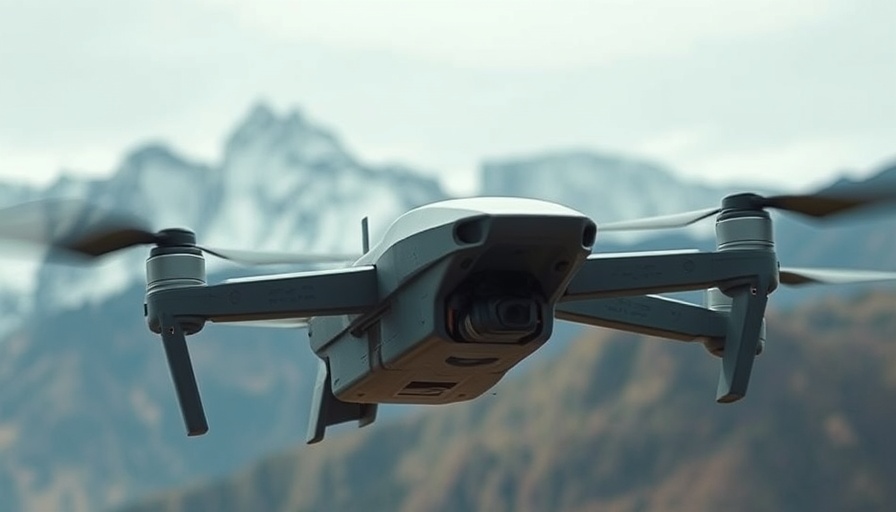
Understanding NATO's Latest Drone Innovation
The recent selection of Skydio by NATO to supply nano-class drones marks a significant advancement in military technology. The NATO Support and Procurement Agency (NSPA) has forged a collaboration with the American autonomous drone company alongside COBBS BELUX BV, a Belgian partner, to equip NATO member nations with sophisticated ISR (Intelligence, Surveillance, and Reconnaissance) capabilities.
What Makes the Skydio X10D Stand Out?
Central to this agreement is the deployment of Skydio's flagship X10D drone, which is notably designed for complex tactical environments. Featuring cutting-edge technology, this drone operates under the nano category and weighs less than 2.5 kg, making it lightweight yet immensely powerful. One of the drone's standout characteristics is its advanced obstacle avoidance capabilities, which function seamlessly in day and night conditions due to its highly sophisticated onboard AI systems.
Enhanced Operational Support and Maintenance
Through the partnership with COBBS BELUX, Skydio ensures that NATO forces not only receive the drones but also the necessary support across Europe. This arrangement allows for local sales, distribution, and training, thereby enhancing the operational capacity of NATO forces. By placing a strong emphasis on lifecycle service support, the collaboration ensures that both technological assistance and maintenance resources are readily available for its drone operations.
The Future of Aerial Defense Systems
The implications of utilizing advanced nano-class drones like the X10D extend beyond simple reconnaissance. They represent a transformation in how military operations can be conducted. Notably, the drone’s resilience against electronic warfare through vision-based navigation signifies a leap forward in terms of security and adaptability. This capability could enable NATO forces to execute missions in areas where traditional radar or communication systems might fail.
The Bigger Picture: Defense Innovations
As global threats evolve, the need for innovative and responsive defense mechanisms becomes increasingly paramount. Skydio’s strategic solutions align perfectly with NATO’s objective to modernize its military assets and adopt new technologies that ensure operational superiority. This partnership is poised to redefine how small aerial systems are integrated into tactical missions, enabling a new era of military technology.
Time for Tech Enthusiasts to Engage
As NATO embraces cutting-edge technology through Skydio’s advanced drones, tech enthusiasts and industry professionals should closely monitor these developments. Understanding the capabilities and applications of such drones can provide valuable insights into future tech trends in both military and civilian sectors.
 Add Row
Add Row  Add
Add 




Write A Comment